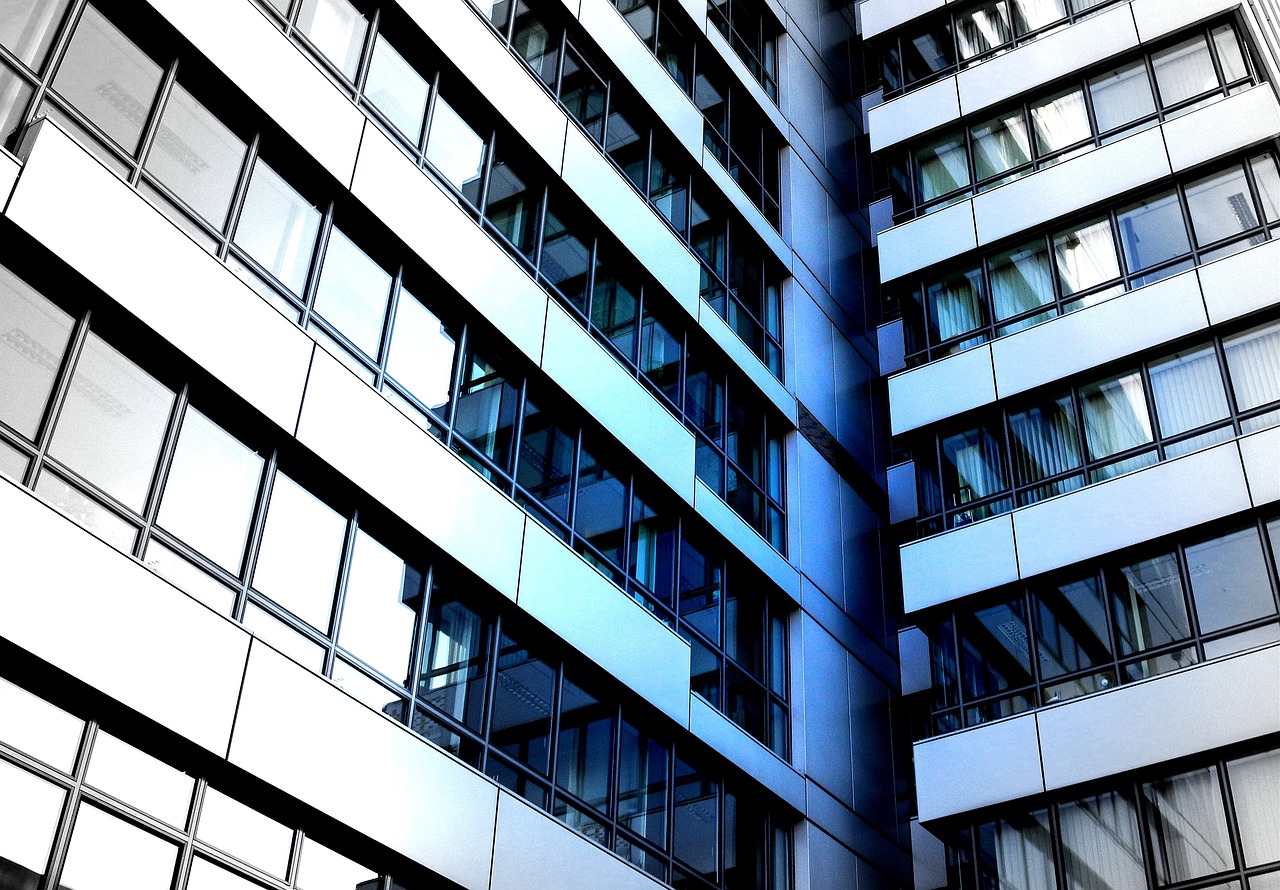Exploring the Potential of Biophilic Design in Workspace Innovation
Biophilic design in workspace innovation is a growing trend that focuses on incorporating nature into work environments. By integrating natural elements like plants, natural light, and water features, these spaces aim to create a healthier and more stimulating atmosphere for employees. Research has shown that exposure to nature can have a positive impact on mental well-being, creativity, and productivity, making biophilic design a valuable addition to modern workspaces.
Incorporating biophilic design elements into the workplace can also lead to increased employee satisfaction and overall wellness. Studies have demonstrated that being in a nature-inspired environment can help reduce stress levels, improve concentration, and enhance overall job satisfaction. By creating workspaces that connect employees with nature, companies can foster a more positive and productive work culture while promoting well-being and creativity among their teams.
Understanding the Connection between Nature and Workspace Productivity
Biophilic design in workspaces incorporates elements of nature to create a more conducive environment for productivity. Research has shown that when employees are exposed to natural elements such as sunlight, plants, and natural materials, they experience reduced stress levels and increased cognitive function. This leads to improved focus, creativity, and overall performance in the workplace.
Furthermore, the presence of nature in workspaces has been linked to increased job satisfaction and employee well-being. By integrating biophilic design principles into the workplace, organizations can help foster a sense of connection to the natural world, which in turn can lead to higher levels of engagement and motivation among employees. This highlights the importance of considering the impact of nature on workspace productivity and the potential benefits it can bring to both individuals and organizations.
What is biophilic design?
Biophilic design is a concept that incorporates natural elements and features into indoor spaces to create a more harmonious and productive environment.
How does biophilic design benefit workspace innovation?
Biophilic design has been shown to improve creativity, focus, and overall well-being among employees, leading to increased productivity and innovation in the workspace.
What are some examples of biophilic design elements?
Examples of biophilic design elements include natural light, indoor plants, water features, natural materials like wood and stone, and views of nature from windows or outdoor spaces.
How does nature positively impact workspace productivity?
Nature has been found to reduce stress, improve mood, and enhance cognitive function, all of which contribute to increased productivity and efficiency in the workspace.
Can incorporating nature into the workspace be cost-effective?
Yes, incorporating nature into the workspace can be cost-effective, as simple additions like plants or natural lighting can have a significant impact on productivity and well-being without requiring a large financial investment.





